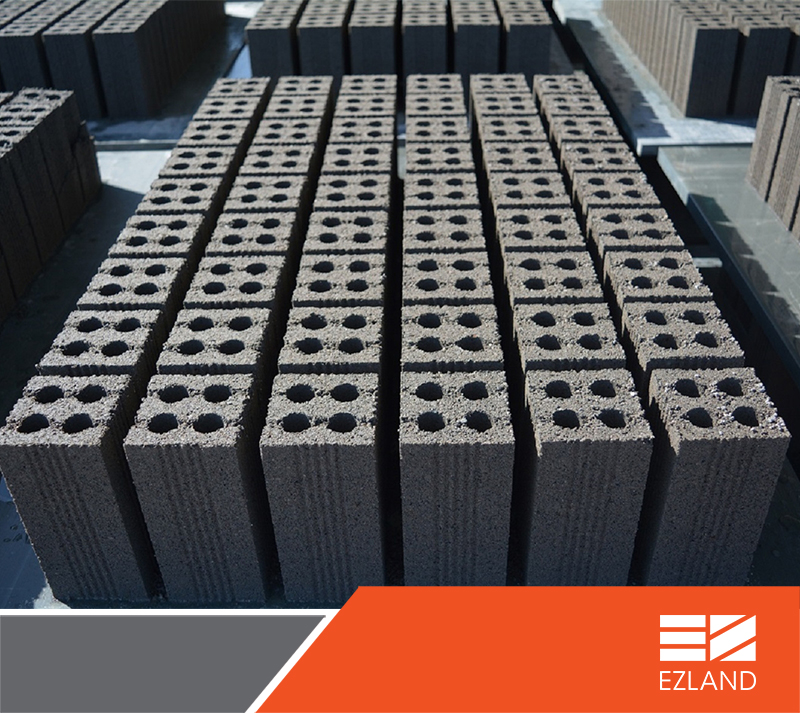SUSTAINABILITY CREDENTIALS: NEW TREND ON SCRUTINISING REAL ASSETS
One of the biggest lessons from COVID-19 pandemic is the transition towards socially responsible investing (SRI). Besides potentials and financial returns, environmental and social impacts are driving the attention of fund managers and institutional investors. As demand rises, they seek to estimate the lasting profits that their money will bring in the long run. Sustainability credentials, therefore, plays an important role in scrutinising real assets. So, what is sustainable performance? And why does it relate to real assets? Read more to figure it out.
Sustainable performance describes the ability to resolve or create positive impacts on Environmental – Social – Governance (ESG) issues. In business, these are known as the non-financial performance and is not mentioned in the financial statements, since its influence goes beyond the scope of economic or business sphere. An ESG-driven organisation will show their responsibilities towards Environmental protection (E), Social engagement (S) and Governance strengthening (G) through specific policies and activities. Initiated for the first time by the UN in 2005, “ESG” has become a common term and been embedded into the foundation of many organisations. ESG defines detailed objectives for them to continually improve or innovate products, projects or services; therefore, ensuring benefits for all stakeholders in particular and the society, nation and humankind in general.
Real assets are physical assets, including Farmland or Minerals as natural; and Property and Infrastructure as man-made. In which, Property attracts the most investment funds due to its liquidity and high influence on all aspects. Before investors close a deal, real-asset investments will be appraised through legal, finance, risk and sustainability examination. This is when ESG scrutiny shows its relevance to real assets.

First, ESG criteria help resolve external problems caused by real assets in the long-term. About the “E” (Environment), a property, larger is the construction industry, can apply environmentally friendly building materials like solar power, unfired bricks and low-VOC paints; or construction techniques like CO2 curbs; enhancing greenery and natural sunlight, etc. Regarding “S” (Social issues), a community with good health and well-being can boost the life quality, local economic and educational growth in the local, and help reduce social inequalities. Finally, “G” (Governance) strengthens the fiduciary duty of public disclosure and reinforces the business ethics practices. In general, incorporating ESG into the overall business adds more lasting values to the human development, environmental sustainability and risk management. This is the real assets’ sustainability performance that is driving interests of many international investors.

Second, ESG and financial performance do not have conflicts of interests. The asset’s monetary value lies in market absorption rate. ESG focuses on product quality, end-user experience and larger is increased public awareness started from that positive reaction. Hence, financial returns are gained over time following good sustainability credentials. In metropolitan area like HCMC, residential properties are clear examples of providing housing solutions for the people living and working here. This asset is a long-term investment of potential homebuyers. When supply meets demand and life quality is significantly improved, brand recognition and credibility of the developer become stronger, adding more financial values for this project and the upcoming ones.

These evidences show an interdependent relationship between sustainability performance and real assets. A global ESG benchmark like GRESB*, or an ESG commitment like UNPRI** not only plays as a clear guideline but also provides standardised and comparable data for sustainability-driven developers like EZLand to complete the development portfolios in attracting international investors.
*Global Real Estate Sustainability Benchmark
** United Nations-supported Principles of Responsible Investment


